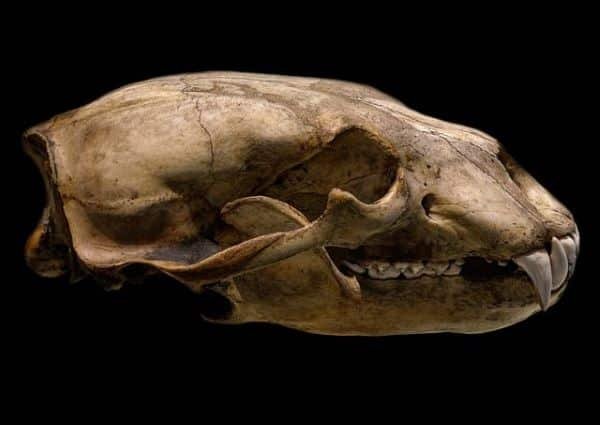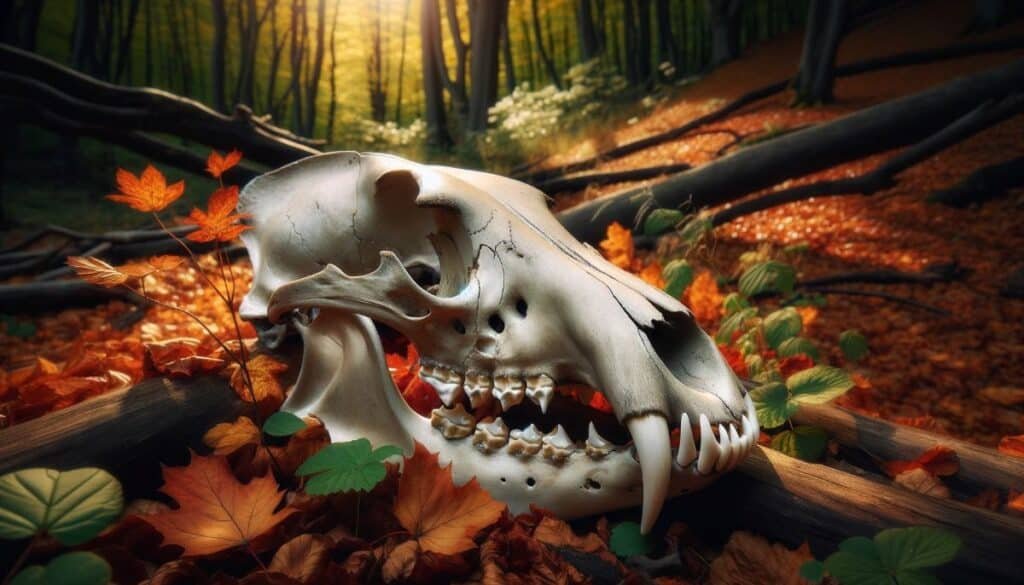The bear, a majestic creature revered across various cultures for its strength and courage, carries not only a rich history but also a fascinating biological blueprint. Central to understanding the bear’s anatomy and its revered status in nature and mythology is the bear skull. This article delves into the anatomical features, the evolutionary significance, and the cultural symbolism of the bear skull, offering a comprehensive look into this remarkable artifact.
Anatomical Insights
The skull of a bear is robust and large, equipped with powerful jaws and teeth designed for an omnivorous diet. Bears are unique among carnivores for their ability to process both animal and plant matter effectively. The structure of their skull reflects this dietary adaptability. Key features include:
- Strong Jaws and Teeth: The bear’s molars are flat and broad, ideal for grinding plant material, while the canines are sharp enough to tear into flesh. This combination is a testament to their dietary flexibility.
- Large Brain Cavity: Bears possess a relatively large brain cavity, which is indicative of their intelligence and cognitive abilities, essential for survival and adaptation in diverse environments.

Evolutionary Significance
The evolution of the bear skull has fascinated scientists for decades. Bears evolved from small, raccoon-like ancestors approximately 20 million years ago and have since diversified into the various species we recognize today, such as the grizzly, polar, and black bear. The skull’s evolution is a mirror reflecting its adaptation to different habitats and changing climates, showcasing how evolution molds anatomy according to ecological needs.
Cultural Symbolism
In many cultures, the bear is seen as a symbol of strength, courage, and leadership. The bear skull, in particular, holds significant symbolic weight:
- Native American Culture: Many tribes consider the bear as a spiritual guide and symbolize healing and protection. The bear skull is often used in rituals and as a totem to invoke the bear’s spirit.
- Nordic Mythology: Bears were associated with warriors and gods. The bear skull symbolized bravery and was often worn in ceremonies to invoke the bear’s ferocity and strength.
- Modern Symbolism: Today, the bear skull is a potent symbol of wilderness conservation and the need to preserve natural habitats.
Conservation Efforts
The study and preservation of bear skulls are vital for educational and conservation efforts. By understanding the physical and ecological nuances of bears through their skulls, conservationists can better tailor strategies to protect these magnificent creatures. It serves not only as a biological study specimen but also as a reminder of our responsibility towards wildlife conservation.
Conclusion
The bear skull is more than just a part of skeletal anatomy; it is a gateway to understanding a species deeply interwoven with human culture and history. For those intrigued by zoology, anthropology, or paleontology, the bear skull offers a unique perspective on the convergence of natural history and human symbolism. Whether displayed in a museum, used in educational settings, or revered in cultural rituals, the bear skull remains a powerful emblem of nature’s resilience and complexity.
For enthusiasts eager to explore more about creating content centered around unique and engaging topics like the bear skull, consider diving into resources that help you enhance your blogging skills. Check out the “Blogging Foundations” course here to start your journey in impactful writing.




